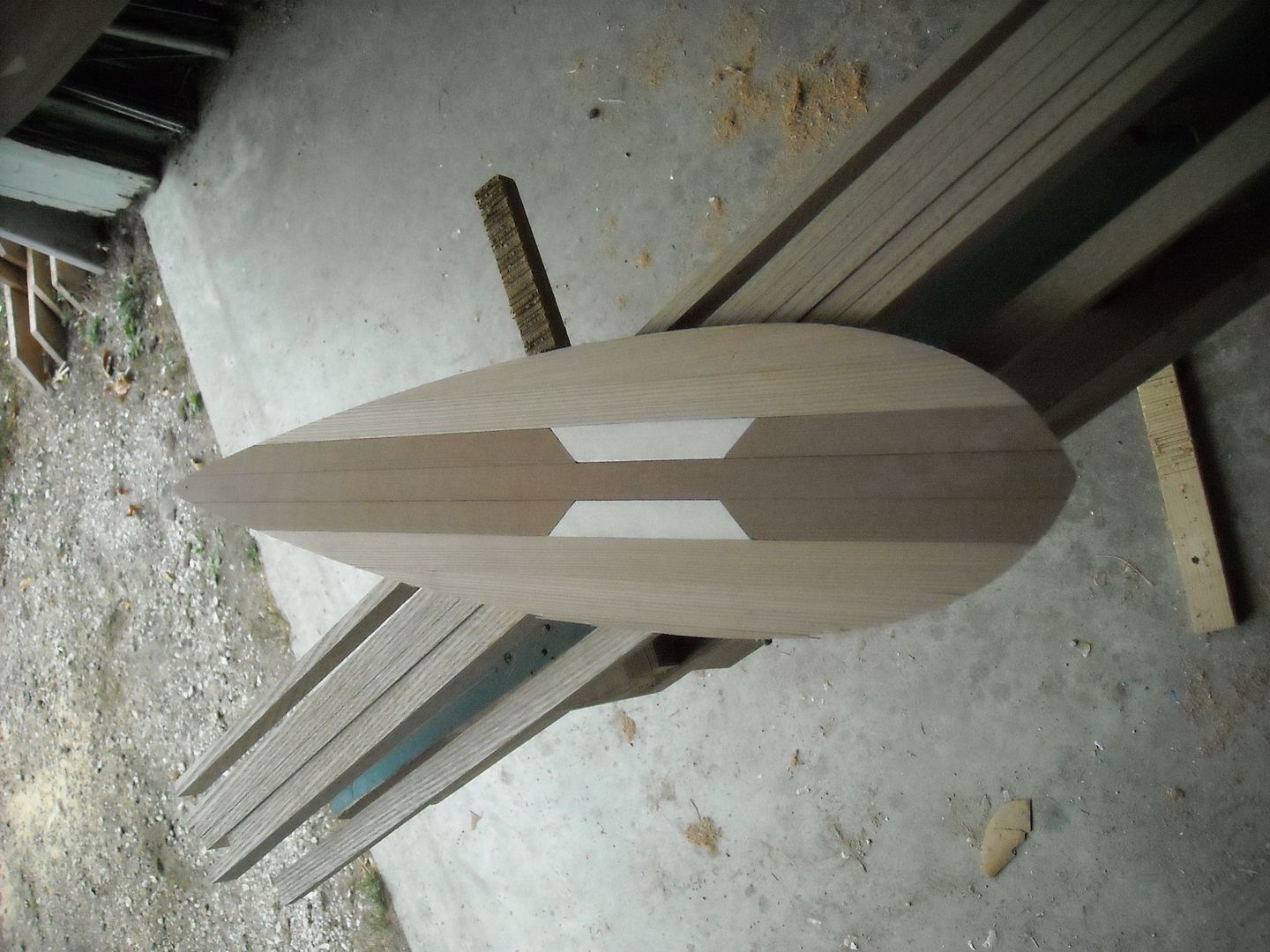For those building a cedar strip canoe. Consider installing flotation chambers. It's true a stripper is naturally boyant. Usually the gunnels will float just above the water. But a little downward pressure will take them under the surface, quite aways. They also take a long time to resurface ! The chambers keeps the hull higher above the waterline, and when pushed down, they return immediately.
Once I started building flotation chambers, into my canoes, I won't build without them.
Here is a pic of how mine look.

Once I started building flotation chambers, into my canoes, I won't build without them.
Here is a pic of how mine look.



